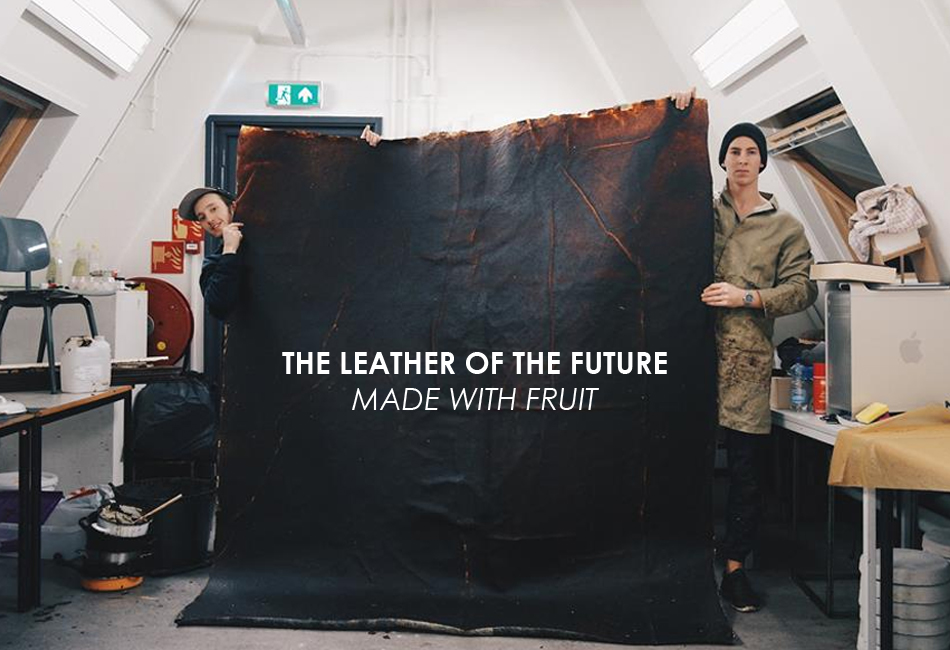Download Free Vegan Starter Kit -
.png)
Rebecca Cappelli the director of ‘Slay’ the documentary muses if fashion has an animal- free future
January 24th, 2023
Going vegan for the entire month of January has been more and more popular every year since Veganuary was first introduced years ago. Therefore, it should come as no surprise that more and more individuals are increasingly debating whether or not they ought to purge their wardrobes of all animal goods. One such person is Rebecca Cappelli, director of the documentary Slay and the filmmaker who brought attention to some of the ethical and environmental issues associated with the manufacture of leather, wool, and fur. Interestingly, the latter is already banned by many luxury brands, including Chanel, Gucci and Prada. Read on to know more so we can discern whether fashion has an animal-free future.
The plight of animals in fashion goes largely unnoticed
Cappelli states that there is a blind spot when it comes to animals in fashion. “I wanted to create a movie that included them in the discussion while also highlighting the negative effects that these companies have on the environment and the people who either work in the supply chain or reside in communities that are impacted by them.”
How the rampant use of animal hide leads to greenhouse gas emissions
It is a known fact that raising cattle contributes to deforestation in regions like the Amazon and the United Nations estimates that it accounts for 14.5% of yearly worldwide greenhouse gas emissions. Although leather is frequently referred to be a byproduct of the meat industry, it is unquestionably an essential component of the trade. Meanwhile, a lot of chemicals are frequently used in the tanning process, which turns animal hides into leather. This might contaminate nearby waters (although organisations such as the Leather Working Group are leading efforts to reduce its environmental impact). That is undoubtedly the reason why we have seen a surge in the use of alternative leathers recently.
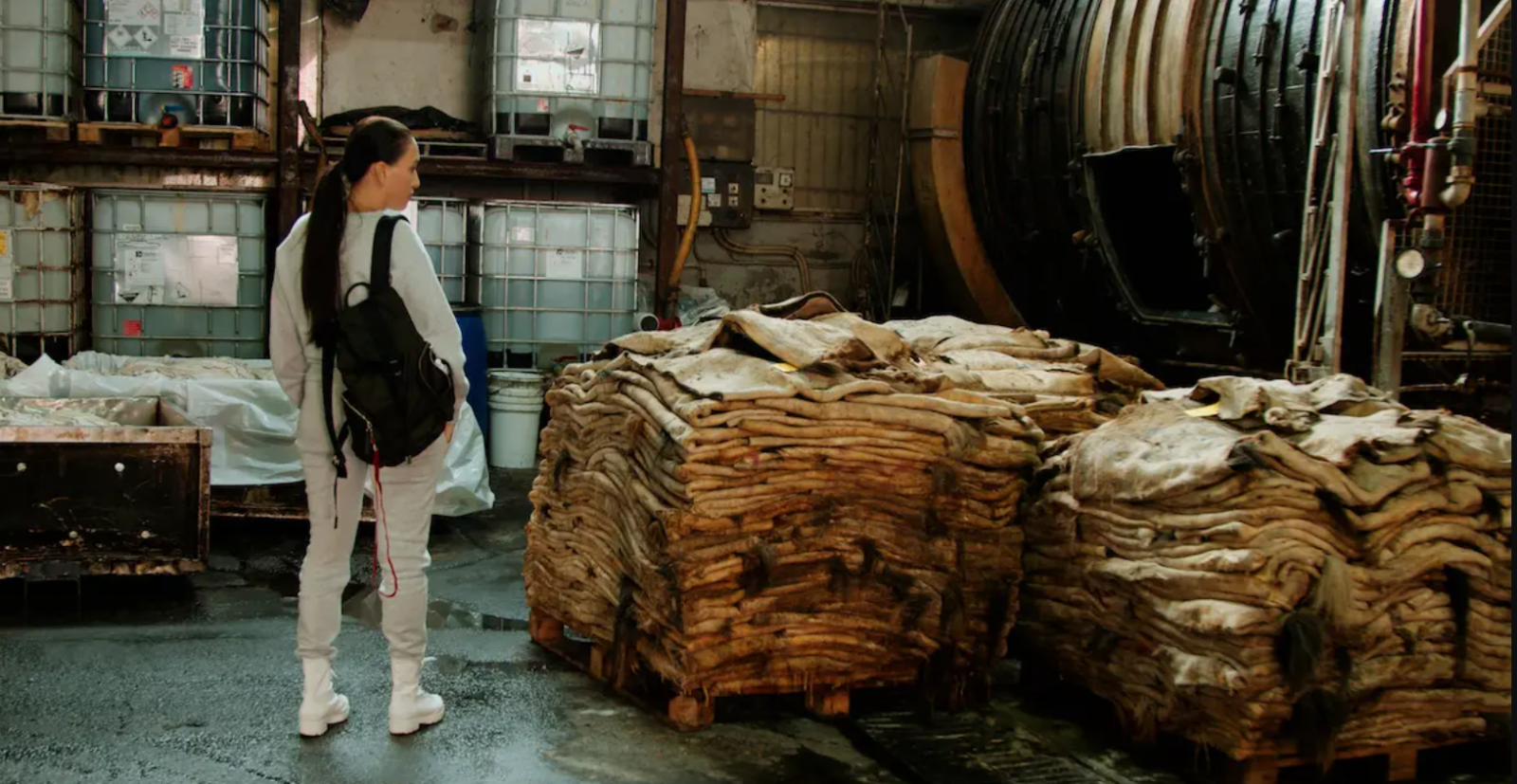
Image Source: Green Matters
The use of alternative leathers
Cruelty-free alternative leathers range from Vegea, a grape leather made from waste from the wine industry, to Mylo, a leather made from mushroom roots, on the catwalks of Stella McCartney and at companies like Ganni, which has committed to completely phase out virgin leather by the end of the year. However, many of these substitutes now on the market still go through the tanning process, making them difficult to recycle and preventing them from fully biodegrading. One such substitute is Mylo.
Another Tomorrow founder and CEO Vanessa Barboni Hallik says, "To date, we have struggled to discover alternatives that do not involve a sacrifice on aesthetics, function, or sustainability - particularly thinking about end of life - and as a result, we have delayed adopting these options.” Scale is still a significant barrier. For instance, VitroLabs Inc. recently began pilot production of their lab-grown leather, which is created from cow cells and has the same attributes as real leather, including performance and fragrance. Ingvar Helgason, co-founder and CEO, states that they are now operating on a limited scale. "Building out a production system that has never been done before will be the toughest hurdle."
An alternative to killing silkworms
Similarly, it will take time for new developments like Orange Fiber, which is generated from orange juice waste and is traditionally produced by killing silkworms at high temperatures, to be scaled up. Viscose is frequently used as an alternative, but it has been related to deforestation, and polyester has its own set of issues. Sydney Gladman, chief scientific officer at the Material Innovation Initiative, says, "Protein-based innovation is incredibly exciting, [but] we'll need investment and patience to see these goods ready for consumers.
Worthy wool substitutes
When it comes to wool substitutes, ingenuity has perhaps lagged behind. The primary animal-free materials available today are synthetics, such acrylic, which don't biodegrade and shed hazardous microplastics. Eirinn Hayhow, a vegan fashion designer, still employs plant-based substitutes such recycled cotton, hemp, and soya bean fibre, for her knitwear. Hemp, for instance, is a fantastic material - it takes to the natural dye fairly well, can be farmed and supplied locally, but isn't simple to get hold of on a bigger scale. However, synthetic fibres are still preferred since they are more accessible and affordable than the natural alternatives.
In particular, the process of mulesing, which involves cutting strips of skin from a sheep's buttocks to prevent flystrike, a parasite infection, raises ethical questions about the usage of wool, but its supporters claim that improvement is being made. According to John Roberts, managing director of The Woolmark Company, "[a] large proportion of wool growers are avoiding the procedure of mulesing when they can." The health and welfare of the sheep and lambs come first.
The matter of regenerative wool
Additionally, there is an increasing trend toward producing wool in a method that can really have a good impact on the environment, or what is known as "regenerative wool." For instance, Mara Hoffman introduced her Climate Beneficial wool line in 2020, and Sheep Inc. claims that its sweaters are carbon negative, meaning that they capture more carbon from the atmosphere than they emit. According to Roberts, "Wool is one of the most regenerative fibres in terms of its potential to be reused and passed on." Many farmers already use regenerative approaches, therefore I believe the next step is to actually agree on a measurement and standard and implement them.
A positive trend toward cruelty-free fashion
Animal-derived products appear to be here to stay for a long yet, despite concerns about the amount of land that would be required to convert the entire business towards a more regenerative strategy. Moving forward, the emphasis is on how to lessen the environmental impact of these fibres and enhance supply chain accountability by increasing transparency. According to Stuart Cranfield, head of standards and assurance at the Leather Working Group, "Traceability is vital for any material in order to be able to demonstrate the circumstances under which it has been created and where it has originated from."
Next-generation materials, according to Gladman, "offer a multi-billion-dollar potential to lessen [and] eliminate harm to humans, animals, and the environment, and meet the needs of both consumers and brands." Without a doubt, we foresee a time when using materials without animal testing is standard. Still, others in the sector an animal-free future is just around the corner as new ideas continue to scale up and develop.
AUTHOR
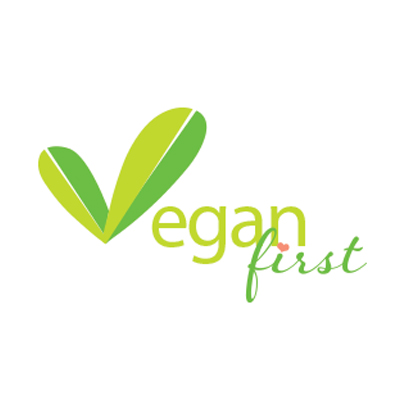
trending
2.png)
Be a Vegan First Informer
Send us buzzworthy news and updates
Explore
Contact Us
About Us
Stay Connected
Copyright ⓒ 2017-2023. VEGAN PASSION PRIVATE LIMITED. All Rights reserved.
For more information, please write to hello@veganfirst.com
Registered Office Address: 55, 2nd floor, lane 2, Westend Marg, Saidullajab, Near Saket Metro Station, New Delhi, Gadaipur, New Delhi South West Delhi, DL

2.png)

.png)
.png)
2.png)
2.png)


1.png)

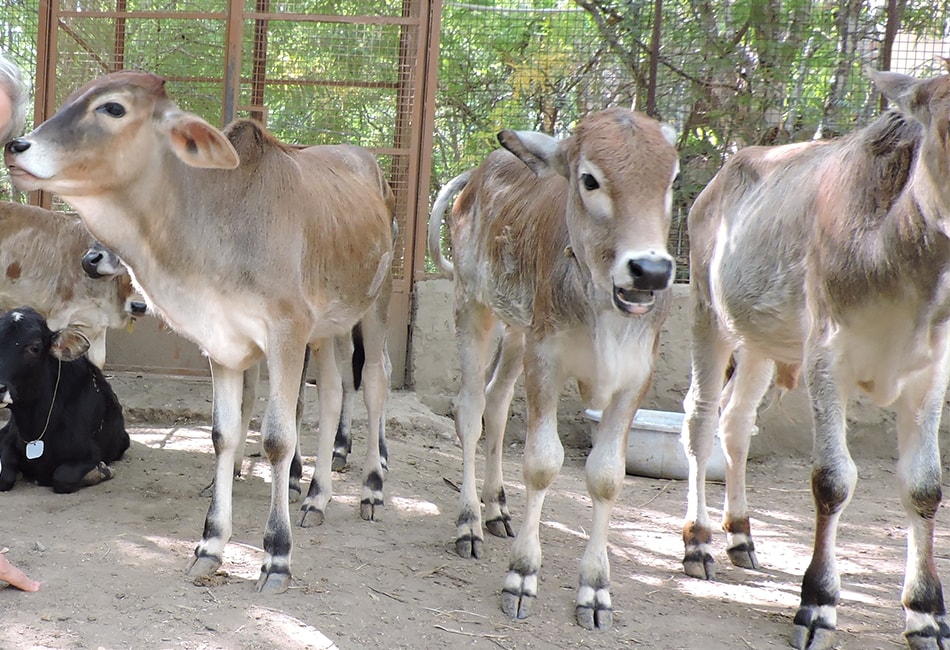
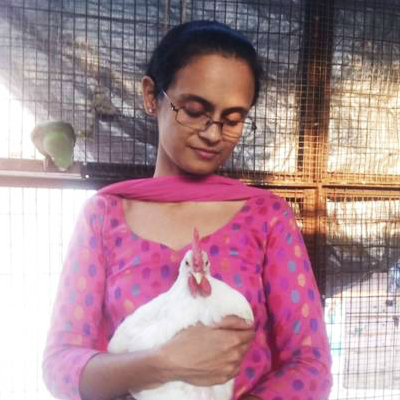




3.png)
